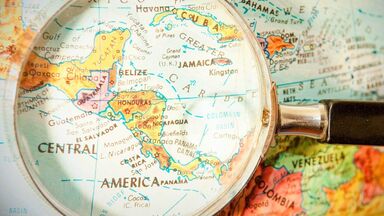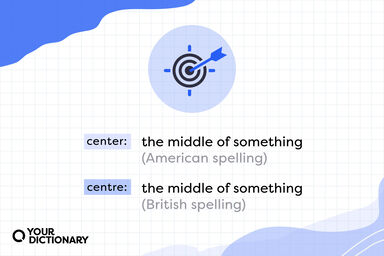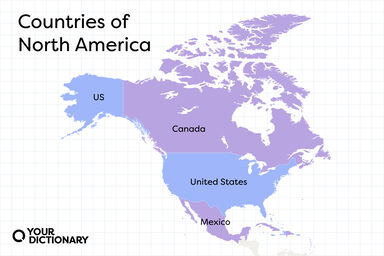Most interesting is the avifauna of the Sandwich islands; entirely devoid of Psittaci and of Coraciiformes, these islands show an extraordinary development of its peculiar family Drepanidae, which are probably of South or Central American descent.
Next stands the order Gallinae with 4 " cohorts "; (I) Tetraonomorphae, comprising 2 families, the sand-grouse (Pterocles) and the grouse proper, among which the Central American Oreophasis finds itself; (2) Phasianomorphae, with 4 families, pheasants peacocks, turkeys, guinea fowls, partridges, quails, and hemipodes (Turnix); (3) Macronyches, the megapodes, with 2 families; (4) the Duodecimpennatae, the curassows and guans, also with 2 families; (5) the Struthioniformes, composed of the tinamous; and (6) the Subgrallatores with 2 families, one consisting of the curious South American genera Thinocorus and Attagis and the other of the sheathbill (Chionis).
All the characteristic species of the West Indies, the Central American and Mexican and southern Florida seaboard, and nearly all the large trees of the Mexican tropic belt, are embraced in it.
From 1655 to 1850 Great Britain claimed a protectorate over the Mosquito Indians; but little success attended the various endeavours to plant colonies, and the protectorate was disputed by Spain, the Central American republics, and the United States.
Four great intercontinental enclosed seas are included between adjacent continents - the Arctic Sea, the Central American or West Indian Sea, the Australo-Asiatic or Malay Sea and the Mediterranean Sea.





